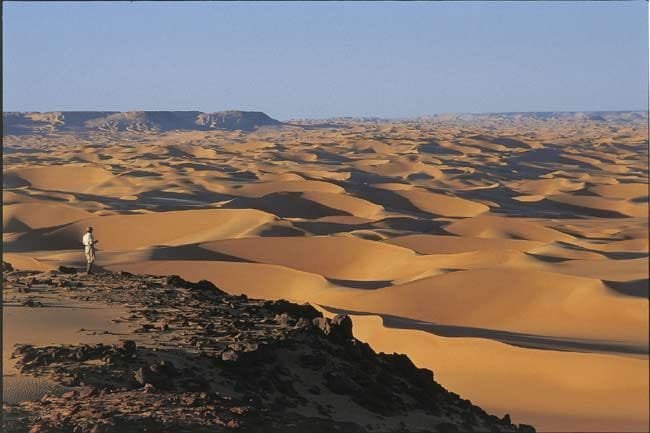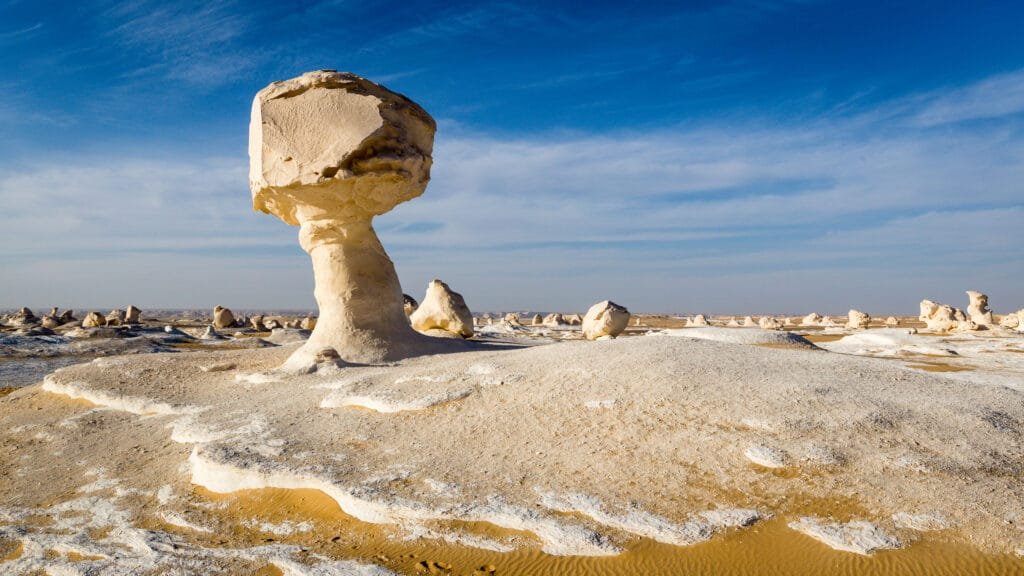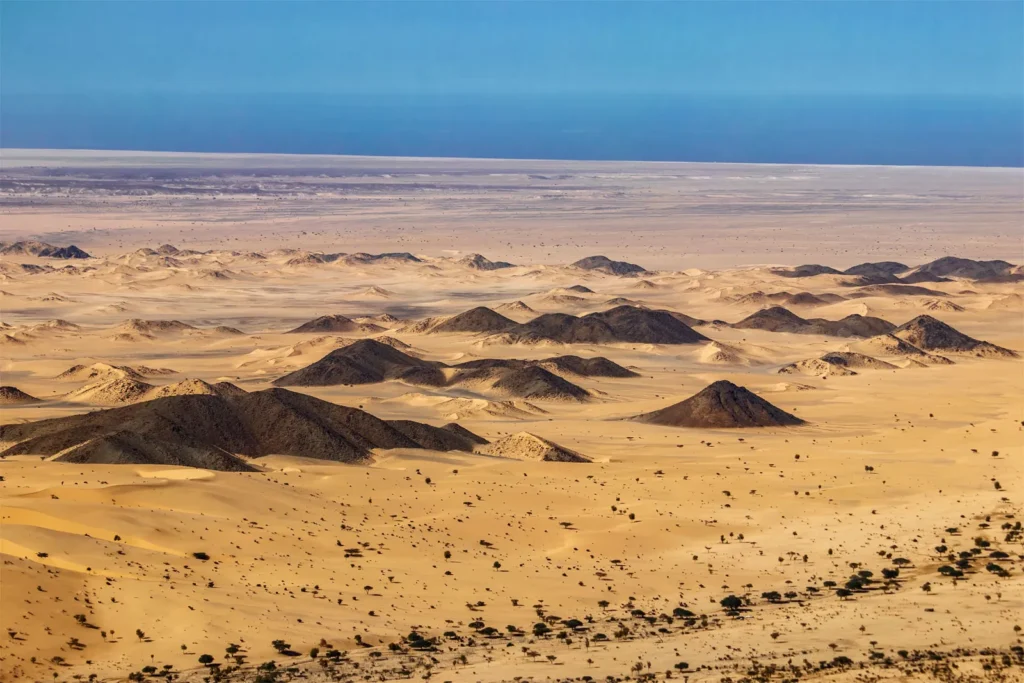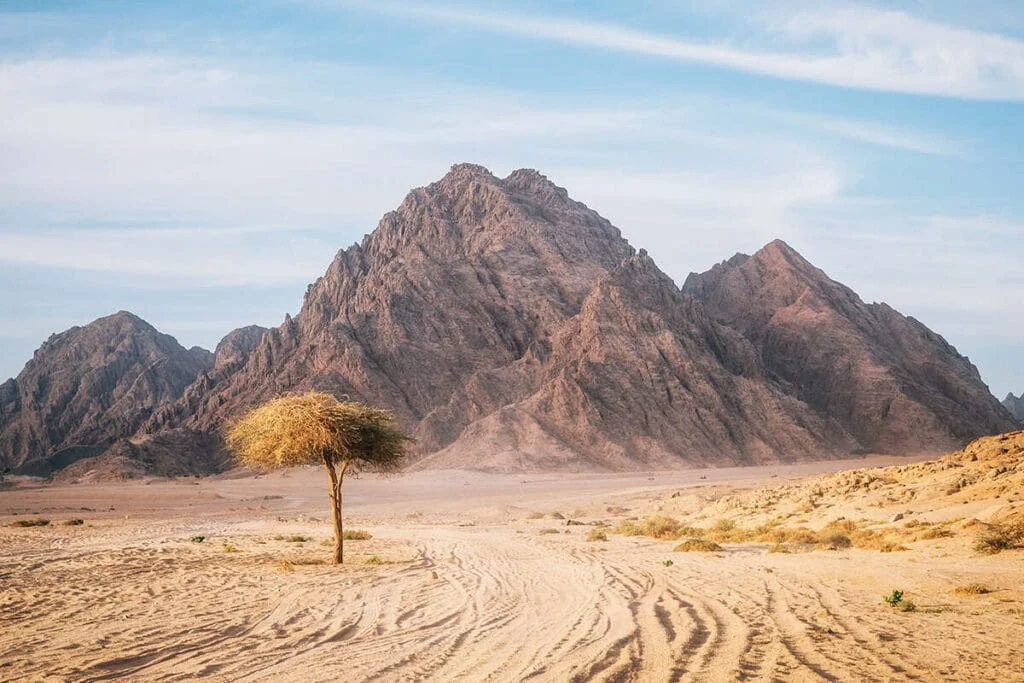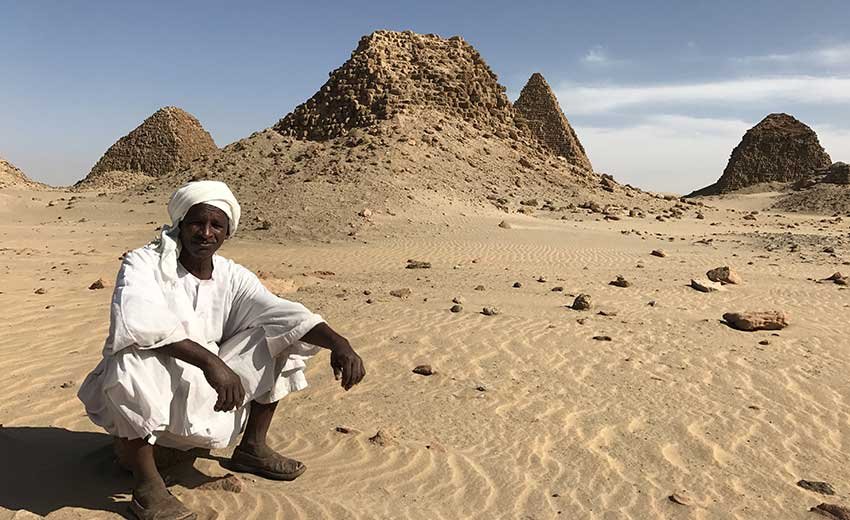The deserts in Egypt are not only vast, but also essential to the nation’s identity. Covering approximately 94% of Egypt’s total land area, the deserts are an integral part of its geography, history, culture, and economy. The Egyptian deserts are known for their unique landscapes, ancient archaeological sites, rich cultural heritage, and ecological diversity. In this article, we will explore the importance of Egypt’s deserts from historical, cultural, touristic, geographical, and ecological perspectives, while highlighting the remarkable variety they encompass.
The deserts of Egypt are far more than barren wastelands—they are landscapes rich with history, culture, and natural beauty. From the iconic sands of the Sahara to the spiritual heights of Sinai, these deserts offer experiences that connect travelers with the past, present, and future of Egypt


